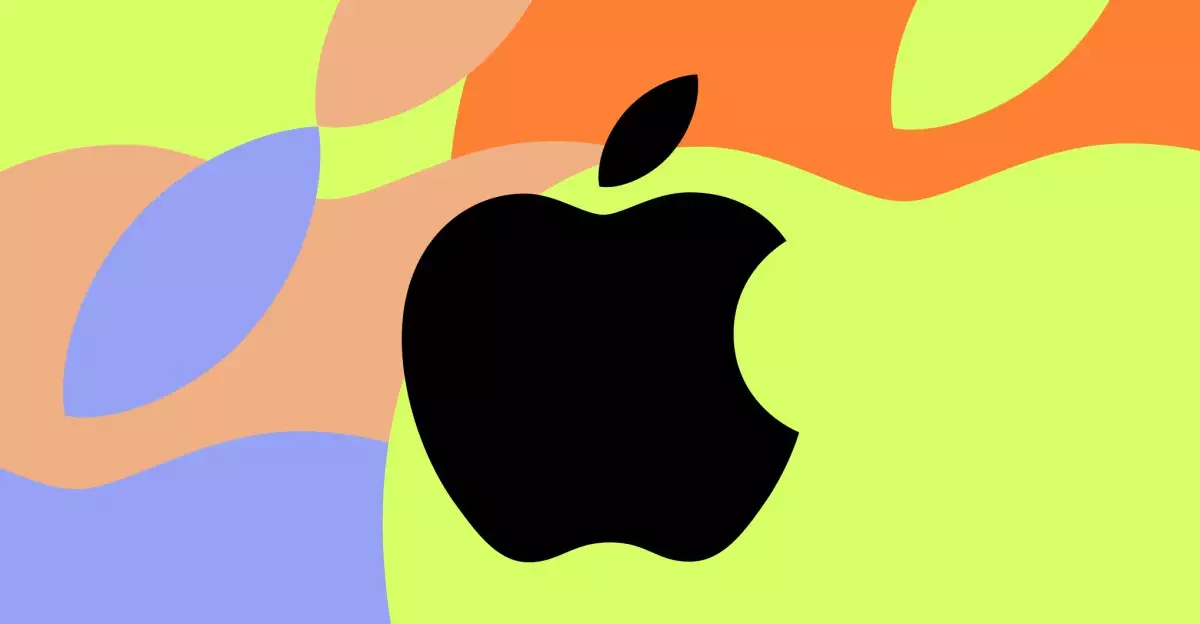Apple has long been a trendsetter in the tech industry, yet the brand’s tablets have often lagged in delivering a truly robust multitasking experience. With the anticipated release of the M5-powered iPads, reports suggest significant strides are being made to close the gap between iPadOS and macOS. Insider information from Bloomberg’s Mark Gurman hints at major updates that will not only aim to enhance productivity but also provide a more desktop-like feel to the iPad experience. This evolution, if executed correctly, could redefine how users interact with tablets, particularly for those who have dreamt of replacing their laptops with these sleek devices.
The Need for Enhanced Multitasking Features
The current iteration of iPadOS includes features like Stage Manager, which serves as a stepping stone toward more sophisticated multitasking capabilities. However, while the feature introduced window management, it often fell short of user expectations, feeling more like a reluctant attempt at a desktop environment than a fully realized platform. The resizing abilities added in iPadOS 17 were commendable but lacked the fluidity and flexibility that many users crave. The challenge lies in balancing the unique identity of the iPad with the expectations that come from its powerful hardware. Apple must clearly articulate a roadmap that not only alters the functionality of the device but also reshapes how consumers perceive it.
Lessons from Previous Iterations
Historically, Apple’s approach to multitasking on the iPad has been cautious, often opting for features that are more aligned with tablet use than the robust demands of professionals seeking an alternative to traditional notebooks. Gurman’s assertion that a significant update is due reflects both an acknowledgment of the power available in these devices and a response to user feedback. The M4 iPad Pro has shown extraordinary capabilities, suggesting that the iPad can indeed handle more complex tasks if empowered with appropriate software enhancements. Apple’s strategy must involve learning from previous missteps, taking the user experience to new heights while ensuring that the device remains intuitive and user-friendly.
The Future of iPadOS
As we anticipate the unveiling of iPadOS 19 this June, there’s a palpable sense of excitement tinged with caution. Many users might remain skeptical, recalling circumstances where promised features did not meet their expectations. Apple’s responsibility will be to deliver an experience that is not merely an upgrade but a ground-breaking shift that captures the essence of what it means to work on a tablet. The integration of features that appeal to productivity-conscious users is crucial, creating an ecosystem where the iPad can genuinely coexist with, if not replace, the traditional laptop.
In this evolving landscape, Apple’s focus on multitasking and window management could reinvigorate the tablet market, carving out a niche that asserts the iPad as not just a secondary device but a primary powerhouse for productivity. However, the company must tread carefully, ensuring that every enhancement genuinely reflects a user-centric approach rather than simply a response to competitive pressures. The balance of power and usability will ultimately determine the success of this ambitious new direction for the iPad.

